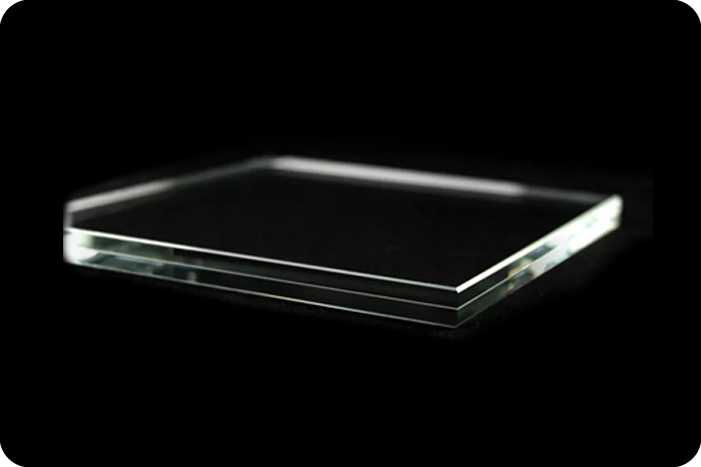The inclusion of a laminated layer in low reflective laminated glass significantly enhances its safety and security features compared to standard glass in several key ways:
Impact Resistance:
Laminated glass consists of two or more layers of glass bonded together with a tough, interlayer (usually made of PVB or EVA). This makes the glass more resistant to impact. When the glass is struck, the laminated interlayer holds the shards of glass in place, preventing them from shattering into sharp pieces. This greatly reduces the risk of injury from broken glass, making it safer than regular, non-laminated glass.
Increased Strength:
The laminated interlayer improves the overall strength of the glass, making it more resistant to forces such as pressure, impact, and bending. This added strength helps the glass resist breakage under stress or force, enhancing the security of windows, doors, or facades in buildings, vehicles, or other applications.
Security Against Intrusion:
Laminated glass acts as a deterrent to forced entry. The interlayer holds the glass layers together, even if the glass is cracked or shattered. It is more difficult to break through laminated glass compared to regular glass, which makes it more challenging for intruders to gain access to a building or vehicle. This makes laminated glass a preferred choice for security applications, such as in banks, storefronts, or vehicles.
Bullet Resistance:
Depending on the thickness and type of interlayer used, laminated glass can be designed to offer ballistic resistance, which is particularly useful in high-security applications. Some forms of laminated glass can withstand gunshots or other forms of attack, making them ideal for use in armored vehicles, security windows, or high-risk areas.

Reduction in Flying Glass Hazard:
In the event of an explosion, earthquake, or extreme weather, laminated glass helps reduce the risk of flying glass shards, which can cause serious injuries. Since the interlayer holds the glass together, the shards are less likely to scatter, providing better protection for building occupants or vehicle passengers.
Enhanced Structural Integrity:
The laminated layer can also enhance the overall structural integrity of the glass, ensuring it stays intact under stress. In cases of impact or pressure, the interlayer absorbs some of the forces, reducing the likelihood of glass completely breaking or losing its functionality.
Noise Reduction:
While not directly related to safety, the laminated interlayer also provides acoustic properties that help reduce sound transmission. This can be important in noise-sensitive environments, providing a quieter and more secure space by reducing external disturbances.





